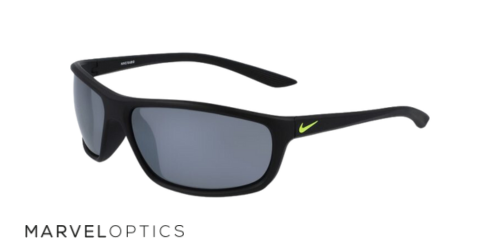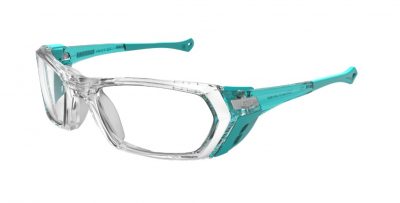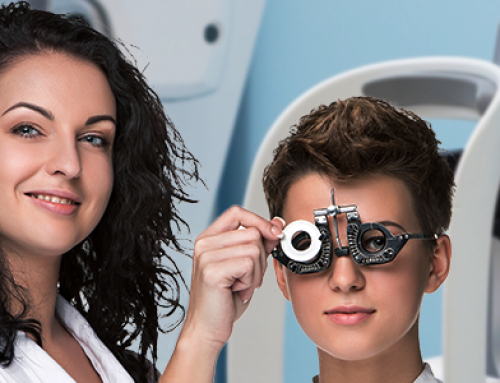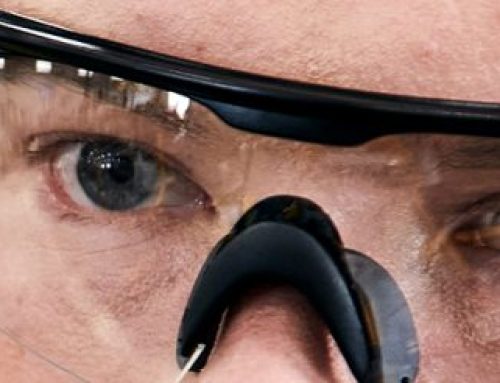Cataracts are a widespread issue, affecting individuals not only in the United States but across the globe. They make your vision cloudy, and it gets worse over time. Aging is a big reason for cataracts, but another cause is too much sun and its UV rays. This blog will answer the intriguing question: Do prescription safety glasses prevent cataract development?
According to the WHO, about 17% of the world’s population has cataracts that affect their vision. However, the prevalence varies significantly by country and region. The majority is notably higher in middle and low-income nations, where people often have more risk factors and limited access to cataract treatment.
In the United States, nearly one in five people between the ages of 65 and 74 experience vision issues due to cataracts. Moreover, over 50% of individuals over 80 have cataracts or have undergone surgery. This underlines the importance of protecting your eyes from UV exposure and other risk factors contributing to cataract development.
What Are Cataracts?
Cataracts are the result of your eye’s natural lens clouding over. Over time, they diminish your vision. The most common type, nuclear cataracts, primarily impacts older individuals, and it’s a gradual process. Your near vision may even temporarily improve early, known as “second sight.” However, as the cataract progresses, your lens may turn yellow or brown, causing your vision to deteriorate.
Types of Cataracts
Cataracts come in various forms, primarily classified based on their location on the eye’s lens. The three main types are nuclear, cortical, and subcapsular cataracts.
- Nuclear Cataracts: The most common type, often associated with aging. It typically clouds the center of the lens, leading to yellow or brown discoloration and diminished vision. It may cause problems with color perception, glare, and the need for more light during activities like reading.
- Cortical Cataracts: These cataracts start as whitish on the outer edge of the lens cortex. Over time, they progress as streaks towards the center of the lens, affecting focus, causing distortion, and increasing sensitivity to glare. Both near and distance vision may be impaired, necessitating early intervention.
- Subcapsular Cataracts: Usually beginning at the back of the lens, posterior subcapsular cataracts manifest as grainlike opaque areas under the lens capsule. Because they often obstruct the path of light to the retina, they can lead to early vision problems, particularly related to glare and halos.
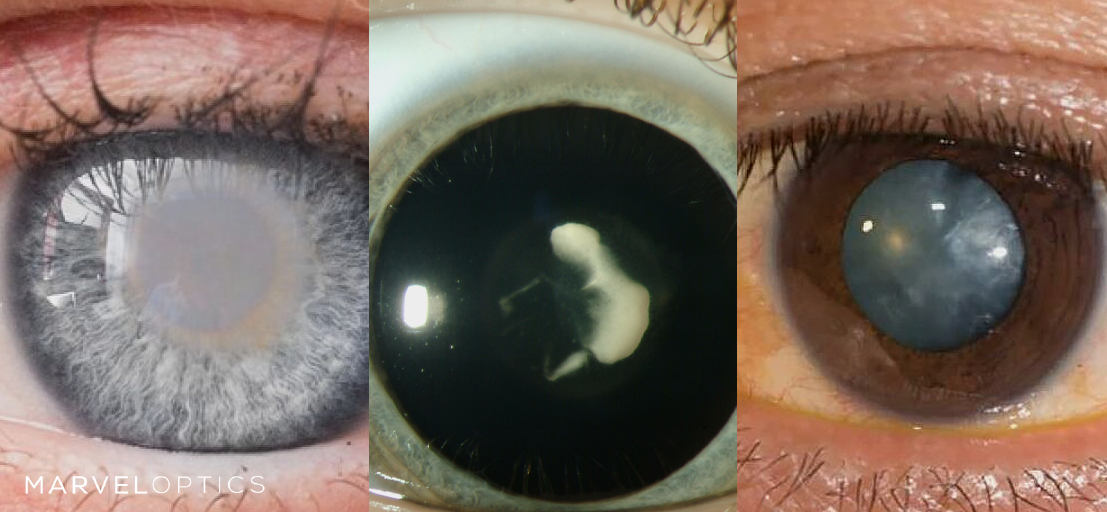
UV Exposure and Cataracts
Beyond the natural aging process, studies have shown a link between prolonged exposure to UV rays and an increased risk of cataracts. UV rays cause oxidative damage to the cells in the eye’s lenses, leading to a loss of transparency. This decreases light transmission to the retina, a process synonymous with cataract formation.
Protection with the Right Glasses
Not All Sunglasses Are Created Equal
When protecting your eyes from UV rays, it’s essential to recognize that not all sunglasses are equal. A dark tint on the lenses doesn’t inherently block harmful UV rays. While lenses made from polycarbonate, Trivex, and high-index materials naturally provide 100% UV protection, plastic lenses require additional UV coatings even when clear.
Prescription Safety Glasses
At Marvel Optics, we understand the importance of safeguarding your eyes against the harmful effects of UV radiation. That’s why we offer prescription safety glasses crafted from UV-protective materials and coatings. These glasses come in various options, including tinted, light-reactive, and polarized lenses.
How Prescription Safety Glasses Help
UV Protection
Prescription safety sunglasses offer similar eye protection, like wearing a hat or applying sunblock to shield your skin from UV rays on a sunny day. Extended UV exposure can lead to oxidative damage, accelerating cataract development. Investing in high-quality prescription safety sunglasses, especially if you work outdoors or drive for long periods, can mitigate the risk of UV-induced cataracts.
Reduced Glare
Polarized lenses provide not only UV protection but also glare reduction. Reflective surfaces like water, snow, or windshields can create blinding glare, posing risks while operating vehicles or heavy equipment. Wearing polarized lenses can help improve outdoor vision and protect against cataract development and progression.
Easing Discomfort
Many individuals become highly sensitive to light during cataract development, particularly harsh or bright light. This light sensitivity can lead to discomfort and decreased vision quality. Tinted, light-reactive, and polarized lenses filter and disperse more light, enhancing vision and alleviating light sensitivity, reducing associated discomfort and frustration.
So, Do Prescription Safety Glasses Prevent Cataract Development?
While cataracts often develop naturally with age, you can take proactive steps to reduce their onset and progression. Protecting yourself from UV rays and addressing eye discomfort through properly manufactured glasses can help slow down oxidative damage and worsening of cataracts.
At Marvel Optics, we offer a wide selection of prescription safety glasses online, designed to provide the best possible protection against UV rays and glare. Choose the right pair of prescription safety sunglasses to safeguard your eyes and enjoy clear vision for years to come.

